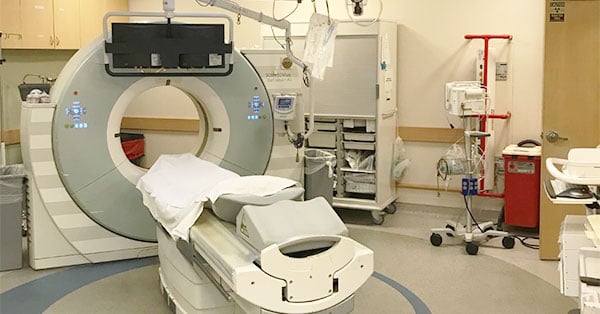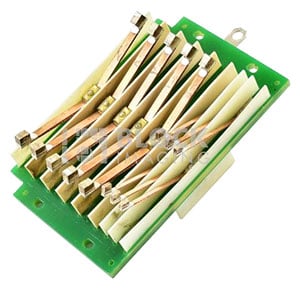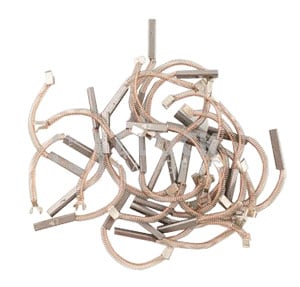
Updated: March 29, 2021 : 2 min read
CT Signal Brushes and Power Brushes: When to Replace
Your CT scanner's signal brushes and power brushes play a critical role in the operation of your system. Over time, though, these brushes wear down and need to be replaced. But what does that look like? How do you know when it's time to retire your current brushes and order a fresh set?
This article will help you become aware of issues that point to worn brushes, when you should replace your brushes, and some important things to consider at the time of replacement.
Wear and Tear on CT Signal and Power Brushes
Signal Brushes
Signal brushes, as their name implies, are responsible for conducting control signals in the CT. These signals carry a relatively low voltage, in most cases 5-12 volts.
Typical signs of impending failure include interrupted control signals that cause intermittent stops. You may also see communication errors between "gantry rotating" and "gantry stationary" controllers.
Signal brush wear is indicated by a mark that shows minimum operating length on the side of the brush. Think of this like the old "coin in the tread" trick for checking your tires. The mark on your brushes is usually a triangle shape. If they are worn down to this mark, or near to it, it's time to get new ones on order.
Be aware: replacing signal brushes can be difficult due to their size and relative fragility. The brushes are spring loaded, and if the brush block slips while being removed or installed - the ends of the signal brushes can catch and snap off. Go slowly and exercise caution.


Power Brushes
Power brushes are responsible for providing power across the slipring. Power brushes operate at a much higher voltage than signal brushes. These vary from 48 volts, up to 480 volts. A notably high-voltage power slipring brush is used on the Siemens Definition CT family, where they run ~3000VAC across the slipring.
Typical signs of impending failure for power brushes include issues related to high voltage arc events caused by the X-ray generator components, or a component with an electrical short.
Like signal brushes, power brush wear is indicated by a triangle shape mark on the side of the brush. It's a good idea to check on the wear level of your brushes periodically.
Installation Notes
If an onsite biomed or clinical engineer cares for your equipment, these notes may be helpful to them as they approach signal and power brush maintenance.
As a slipring ages it develop tracks where the carbon brushes have worn them away. When a new set of brushes is installed, they don’t have full contact with the slipring until they've worn away to fit the grooves. The abrasion of the brushes against the rims of the grooves contributes to an increase in carbon dust and debris in the CT gantry which makes it difficult to keep the area clean. Regular cleaning (which is included as part of a preventative maintenance visit) is highly recommended.
It also pays to be aware that carbon dust is very fine, and represents a health hazard to service personnel if inhaled in quantity. Blowing off a slipring is generally an unsafe practice. Vacuuming or wiping is a better method for cleaning.
Sometimes during install it can be difficult to place a brush block back into place close enough to allow the brushes to seat back into their slot, which results in reduced contact area, and potential slipring arcing for the power brushes specifically.
The Takeaway
Your CT's power and signal brushes are small parts, but they are critical to your ability to scan. Keep an eye on them! If you need brushes soon (or right now), our team can help with brushes from all major makes and models of CT. Use the button below to submit your request online, or contact our Parts Team directly at 1-877-621-2887.

Jordan Clark
Jordan Clark is a Returns Coordinator on the Block Imaging Parts Team. He loves supporting customers during part returns and core exchanges. Outside work, Jordan enjoys being outdoors with his family, supporting University of Michigan football, and snacking on the occasional Kit Kat.





